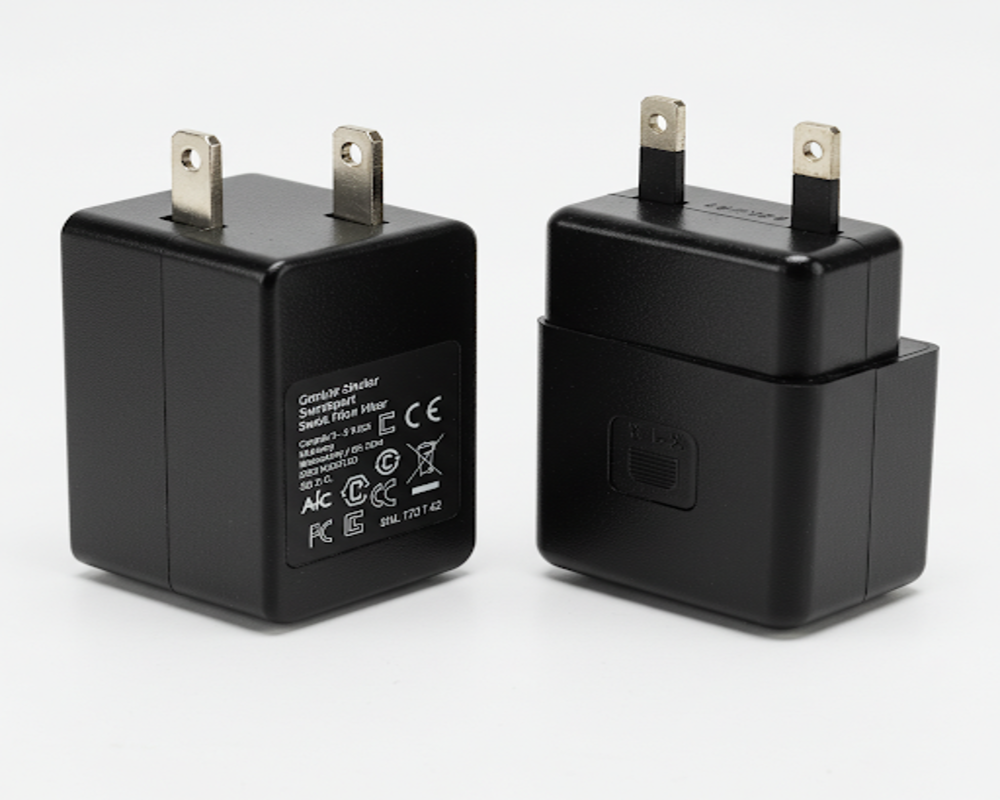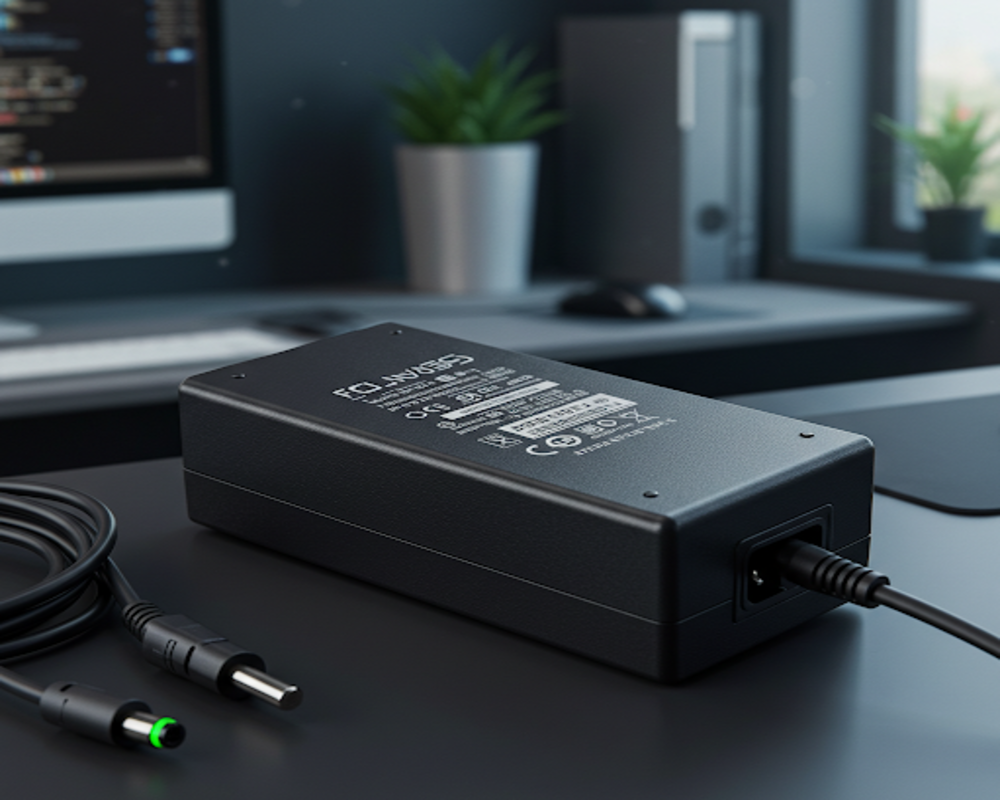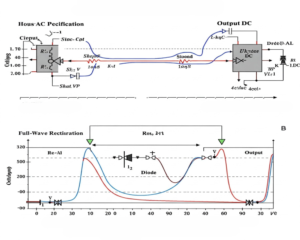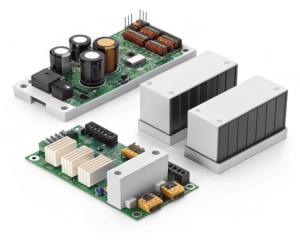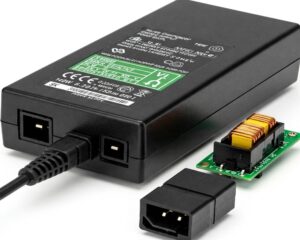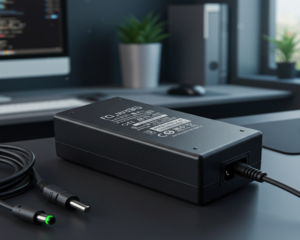You rely on DC adapters daily, but do you know how they impact your device’s performance and lifespan? Let’s uncover why they remain essential in modern electronics.
DC adapters convert AC power to stable DC voltage, protecting devices from power fluctuations. They remain crucial for laptops, routers, and medical equipment, ensuring safety and energy efficiency (up to 90% conversion rates).
While wireless charging grows popular, many devices still depend on DC adapters. Here’s why skipping this component isn’t an option—and how to choose the right one.
How Does a DC Adapter Improve Device Safety?
A faulty power supply can fry your $1,000 laptop. DC adapters prevent this by delivering precise voltage with built-in protections.
Quality DC adapters include overcurrent, overvoltage, and short-circuit protection. They regulate voltage within ±5% tolerance, preventing damage to sensitive electronics like SSDs or OLED screens.
Critical Safety Mechanisms
- Overvoltage Protection (OVP): Stops power surges above the rated voltage (e.g., 19V for laptops)
- Thermal Cutoff: Shuts down at 90°C+ to prevent fires
- EMI Filtering: Reduces electrical noise by 40dB
Case Example: A hospital’s infusion pumps used non-compliant adapters, causing 12% failure rates. Switching to medical-grade units dropped failures to 0.5%.
Compliance Standards
| Standard | Purpose | Example Requirement |
|---|---|---|
| UL 60950 | Fire/electrical safety | 1,500V insulation test |
| DOE VI | Energy efficiency | ≥87% efficiency at 50% load |
| ROHS | Environmental safety | <0.1% lead content |
Cost Fact: Industrial-grade adapters meeting all standards cost 20-30% more but reduce warranty claims by up to 60%.
What’s the Real Cost of Using Cheap DC Adapters?
A $5 adapter from an online marketplace might save you money today—but the long-term costs will shock you.
Budget adapters often lack proper insulation and voltage regulation. They can increase energy bills by 15% and cut device lifespans by 2-3 years due to power inconsistencies.
Hidden Expenses Breakdown
1. Energy Waste
- Cheap units average 70-75% efficiency vs. 90%+ in premium models
- For 24/7 devices like routers, this adds $8-$12/month to electricity bills
2. Device Damage - Voltage spikes destroy capacitors (common in LED TVs)
- Unfiltered ripple current degrades lithium batteries 3x faster
3. Compliance Risks - 68% of counterfeit adapters fail basic UL safety tests
- Using non-compliant adapters voids manufacturer warranties
Data Point: A 2023 FCC recall involved 140,000 substandard adapters that caused 17 reported fires.
How to Choose the Right DC Adapter for Industrial Use?
Industrial environments demand adapters that survive dust, vibrations, and temperature swings—here’s what specs matter most.
Industrial DC adapters need IP67 waterproofing, -40°C to 85°C operating range, and reinforced connectors. Stainless steel casings prevent corrosion in chemical plants or offshore rigs.
Key Selection Criteria
Environmental Ratings
- IP65: Dustproof + water jets
- MIL-STD-810G: Military-grade shock resistance
Electrical Requirements - 3-phase input for 380V systems
- 20% power overhead (e.g., 120W adapter for 100W load)
Connector Types
| Type | Best For | Durability (insertions) |
|---|---|---|
| XLR | Broadcast equipment | 5,000+ |
| M12 | Factory robots | 10,000+ |
| Magnetic | Food processing | ∞ (no physical wear) |
Maintenance Tip: Industrial adapters last 5-7 years with annual inspections—clean contacts and check for cracked insulation.
Conclusion
DC adapters remain vital for device safety and efficiency. Investing in quality units saves money long-term, especially for industrial or medical applications. Choose wisely—your electronics depend on it.

